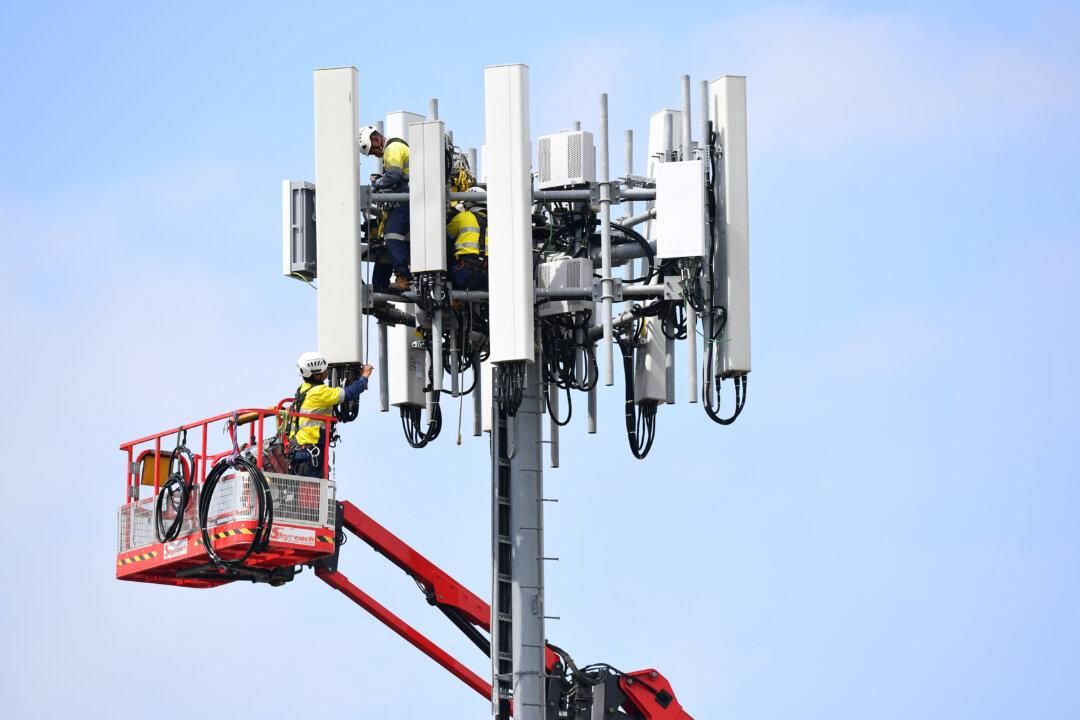In 2013, Professor Martin L. Pall, Professor Emeritus of Biochemistry and Basic Medical Sciences at Washington State University, published a landmark paper that was later recognised by the Global Medical Discovery website as one of the top medical studies of the year.
His peer-reviewed research—awarded the prestigious Global Discovery Award—demonstrated that electromagnetic fields (EMF), such as those emitted by electrical devices, electronics, and wireless technology, can overstimulate voltage-gated calcium channels (VGCCs) located on every cell membrane.
VGCCs are particularly concentrated in the brain and nervous system, and Pall’s research linked their overstimulation to a range of health issues, including anxiety, autism, Alzheimer’s, depression, DNA damage, mitochondrial dysfunction, and accelerated aging.
Published in greater detail in “5G: The Scientific Perspective: The Intracellular Mechanism of Harm from Wireless Radiation,” Pall’s findings have gained renewed relevance amid increasing public concern about EMF exposure—particularly among middle-aged and older Australians.
His work highlights how EMF exposure disrupts cellular function, with the highest VGCC density in neurons and the second-highest in the heart’s pacemaker cells, which regulate heartbeat and overall vitality.
Further backing this science, a 2023 independent clinical pilot study, peer-reviewed and certified by an Independent Review Board, was published in PubMed.
It tested Blushield Scalar Wave Technology in real-world settings—homes and workplaces—revealing its ability to mitigate EMF damage.
The study found that Blushield devices silenced overactive VGCCs, with one key gene (CACNA1G) showing statistically significant normalisation and four others approaching significance.
The researchers concluded that Blushield “appears to be a reasonable component of a comprehensive EMF mitigation strategy to minimise RF exposure. Feasible and safe.”
- Cognitive Boost: Statistically significant enhancements in composite memory, cognitive flexibility, executive function, and processing speed.
- Deeper Sleep: An additional nine minutes of restorative deep sleep per 90-minute cycle.
- Blood Sugar Reduction: A statistically significant decrease in blood glucose levels.
- Immune Balance: Increased monocytes and a reduction in overactive natural killer cells, indicating a calmer immune response.
- Heart Health: Statistically significant improvements in heart rate variability, resting heart rate, and body temperature regulation—crucial given VGCCs’ role in heart pacemaker cells.




